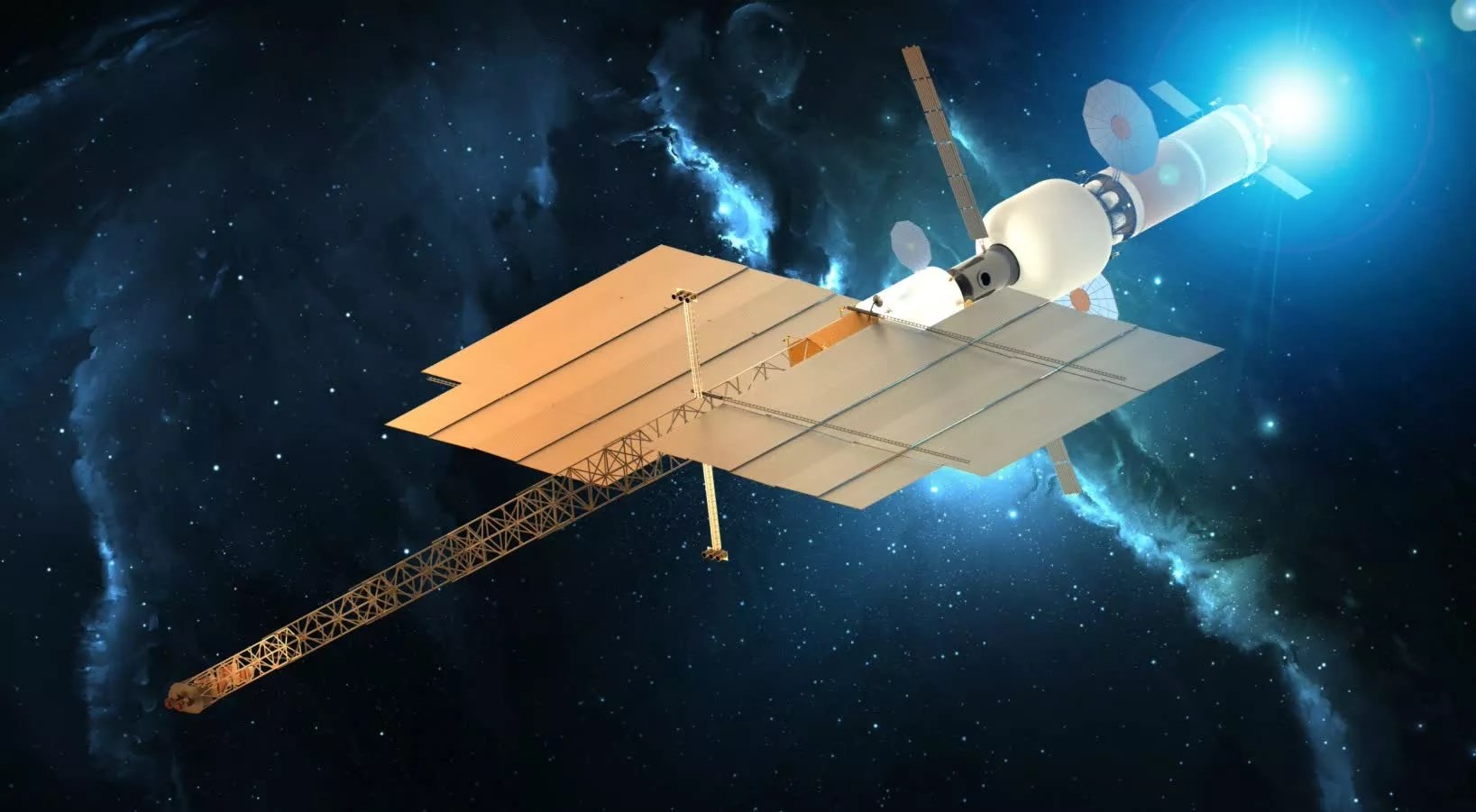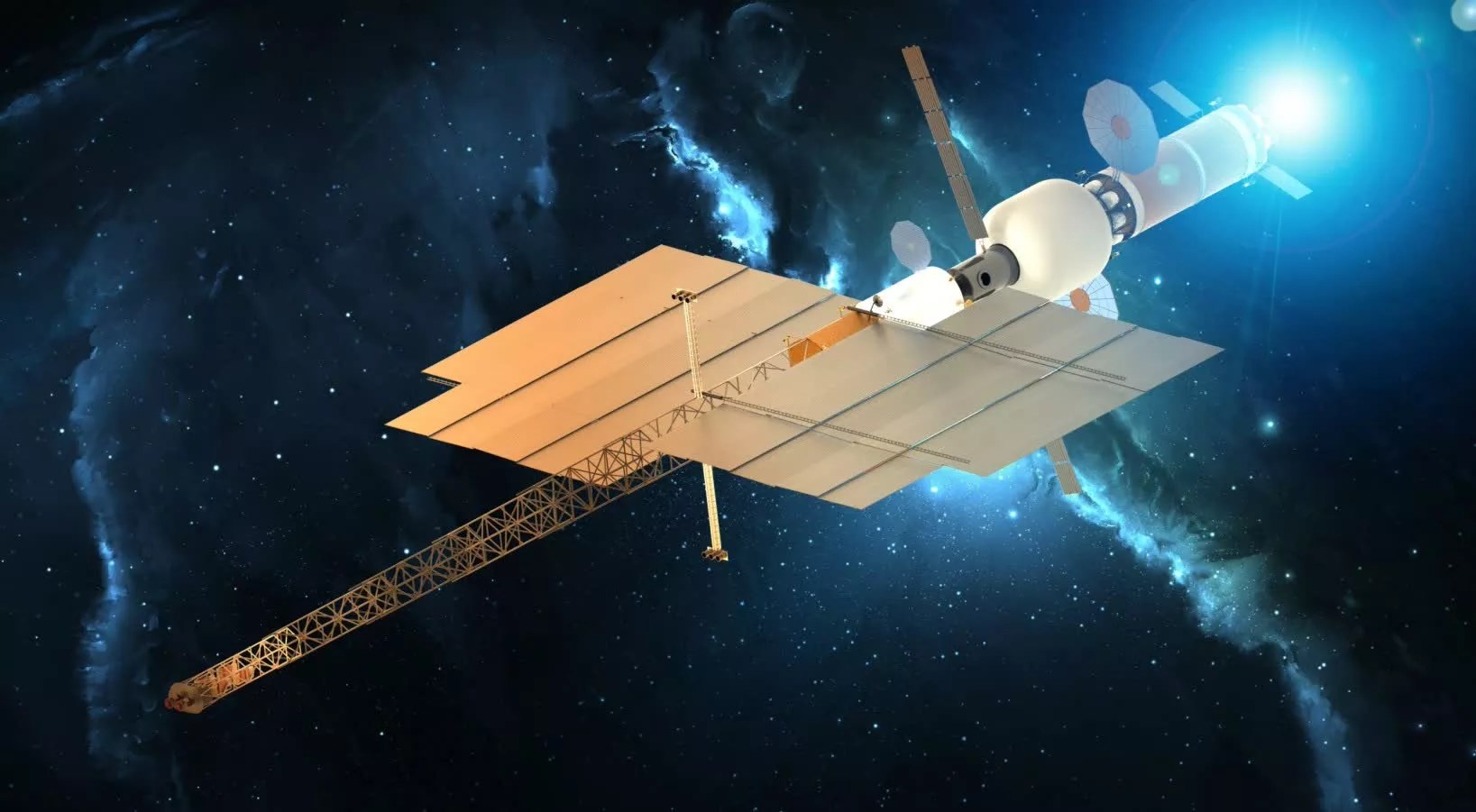
See Full Size
Unique approach to nuclear propulsion
The agency plans to assemble a football field-sized radiator in space with robots to be used for the nuclear electric propulsion system (NEP). This revolutionary project, “MARVLIt is known as (Modular Assembled Radiators for Nuclear Electric Propulsion Vehicles). The project, carried out in collaboration with various NASA centers as well as external partners such as Boyd Lancaster, is a critical piece of nuclear propulsion technology. more manageable and modular aims to transform it into a structure.
One of the biggest obstacles to the NEP system is the effective release of waste heat produced by the nuclear reactor into space. For this purpose, the radiator array to be used must reach a structure as long as a football field when placed. However, carrying such a large structure into space by rocket creates a serious logistics and engineering problem.
See Full Size
After the MARVL modules carried into space are assembled by robots, a liquid metal coolant (e.g. sodium-potassium alloy) will come into play. This cooler will allow the waste heat produced by the NEP system to be discharged from the radiator panel. Julia Cline, who mentored the project at NASA Langley Research Center, notes that MARVL could lead to a rethinking of not only radiators but spacecraft design processes in general.
MARVL project for the development of a full-scale nuclear spacecraft It’s still an early step Even so, it puts the pieces of a critical puzzle in place for space exploration. The idea of assembly with robots in space may open the doors for future trips not only to Mars but also to much farther places. NASA has funded early-stage research for the next two years for this pioneering project. Therefore, this project is just more than an idea. Ultimately, this project may never be realized, but the information obtained from it will have the potential to make significant contributions to the development of new generation vehicles.
This news our mobile application Download using
You can read it whenever you want (even offline):





